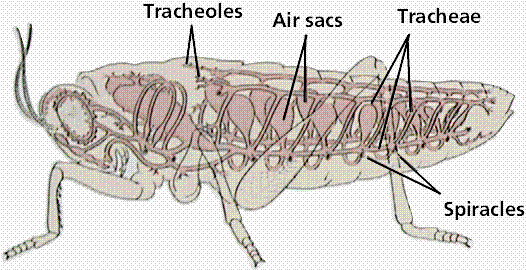- Exchange Of Gases In The Lung -
Role of the alveoli in gas exchange
 Epithelial cells // alveolus is a network of pulmonary capillaries // narrow // red blood cells are flatterned against the thin capillary walls in order to squeeze through.
Epithelial cells // alveolus is a network of pulmonary capillaries // narrow // red blood cells are flatterned against the thin capillary walls in order to squeeze through.
Diffusion of gases between the alveoli and the blood will be very rapid.
Red blood cells slow down passing through pulmonary capillaries allowing more time for diffusion.
Distance between the alveolar air and red blood cells is reduced as red bloods are flattened against the walls of the capillaries.
Alveoli and capillaries are very thin = short diffusion pathways // made of specialised squamous cells
Red blood cells slow down passing through pulmonary capillaries allowing more time for diffusion.
Distance between the alveolar air and red blood cells is reduced as red bloods are flattened against the walls of the capillaries.
Alveoli and capillaries are very thin = short diffusion pathways // made of specialised squamous cells











